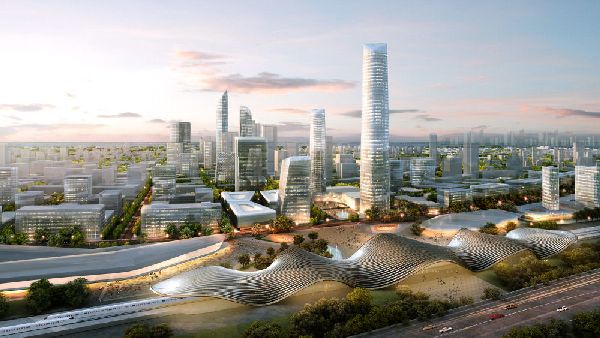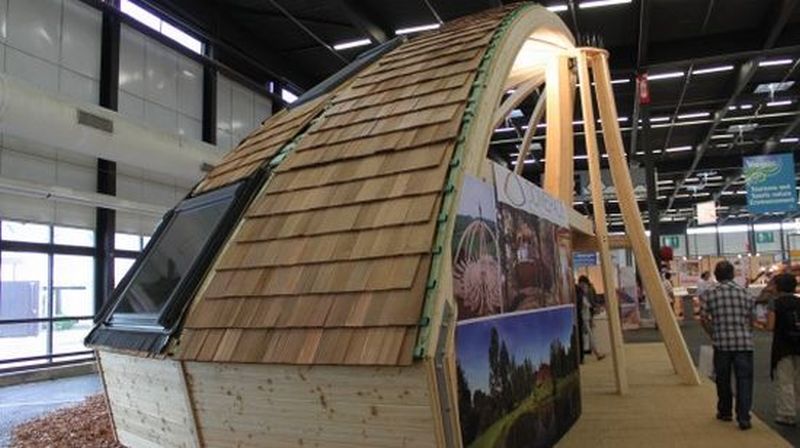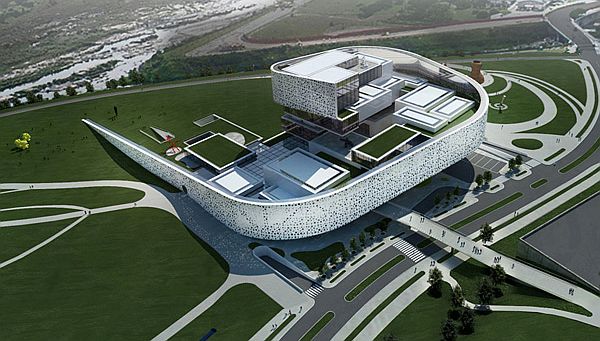Satellite cities as a concept have long adorned the minds of great urban planners such as Sir Ebenezer Howard. However, it is SOM who has the magnificent opportunity to pursue this fascinating architectural trend on a large scale, in a contemporary scope. That is because they have won the job to design an entire community of autonomous satellite cities, ‘guarding’ the high speed rail road passage from Beijing to Tianjin.

Christened as the Beijing Bohai Innovation City, the ambitious project encompasses an astronomical figured area of around 17.6 million sqm. This expansive ambit will have a wealth of spatial denominations, with the modernistic tradition of mixed space usage.
According to Thomas Hussey, project chief designer and member of SOM’s Chicago urban planning studio, the area will witness a rampant technological as well as constructional growth, with installations of several advanced industries fueling the surrounding economy. These focal points would be connected by a highly efficient public transit system, along with a network of pedestrian and bicycle friendly street design.
However, all of these would be done under the guidelines of credibly defined sustainable considerations. For example, the designers have envisaged a ‘green’ urban environment within the severe land used scope. This unique cityscape will incorporate various user circulation areas like walkways and compact densities around transit stations, while also including landscaping and even agricultural areas. In fact, half of the 1,473 hectare site is allocated to open spaces, thus signifying the need for a green environment with minimal congestion.
Furthermore, the architects have also thought of employing a slew of sustainable techniques like water, energy, waste and renewable energy systems. Finally, the ‘piece de resistance’ of the whole endeavor would be the proposed central wetland park. This ecological system being situated in the middle of the urban area can help in filtering and cleaning storm water before returning it to adjoining rivers.




